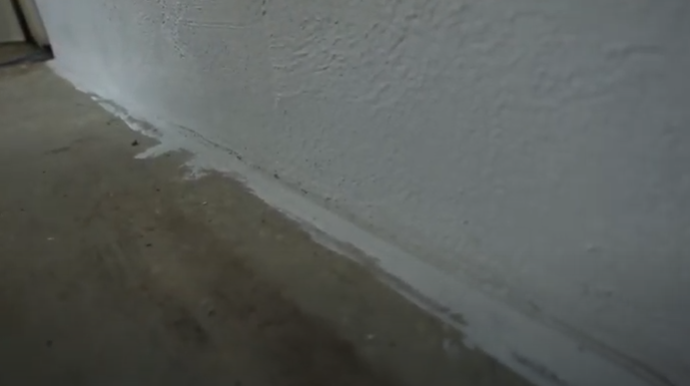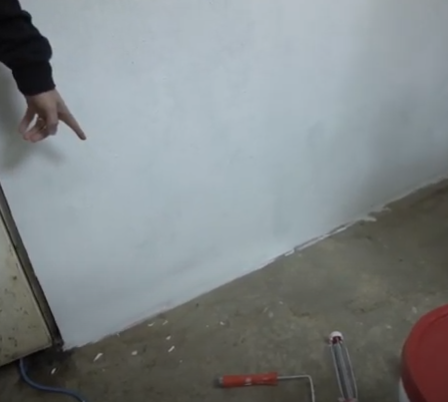Basement finishing has become very important to home owners in recent times. A waterproof basement is easily done with a multi-prong approach, beginning with sealing and repairing the source of water entry to the basement. With an effective combination of basement sealing, basement waterproofing, and waterproofing solutions, your basement could be an asset instead of a liability to you and your family. Waterproofing your basement is not a job for a novice handyman, but rather a specialized job that should only be handled by professionals. If you have been considering waterproofing your basement but aren’t quite sure what steps to take, don’t worry – this article will lay out the basics of waterproofing a basement so you can make an informed decision about whether or not it’s right for you.
Basement sealing is an important part of basement finishing
Basement sealing is the key to a proper waterproofing job. Basements that are lined with concrete derivatives are the most difficult to waterproof properly, simply because concrete blocks cannot be effectively glued to any surface. In addition to sealing the floor, walls, and ceiling, concrete also makes up the foundation of many basements, which also seals the space from outside water damage. Basement sealing is absolutely necessary for all basements, as water entry is the primary cause of basement mold problems. It is also the best way to prevent water damage to your appliances, carpets, and furniture during the wet winter months.

Drainage solutions provide another layer of protection between your foundation and your walls and floors. Professional waterproofing companies can fill holes or cracks in your foundation with concrete sealant and then provide drains that are both large enough to move debris away from the foundation and long enough to allow water to drain away without pooling and becoming stagnant. Many drains run beneath or around the house, allowing water to drain away from both the interior and exterior of your house. Proper drainage is absolutely essential for keeping your basement dry and free of moisture.
Sealing concrete cracks.
Another important component of waterproofing your basement is foundation crack repair. Any cracks in your foundation will let water get inside, compromising your waterproofing system. Homeowners should choose a high quality waterproofing product, like Pro-Form, to keep their homes free of leaks and cracks. In fact, cracks in the foundation of a house are one of the biggest causes of structural basement damage. Repairing these cracks will stop basement mold from growing, saving you thousands of dollars in repairs later.
Basement finishing begins with careful construction
Waterproofing your home begins with careful construction. Foundation construction is just as important as the rest of your construction, as it helps to support the entire building and keep water out. It must be poured at an angle to the wall and sloped towards the sewer. Poor construction can lead to foundation damage, and even collapse. Waterproofing your basement starts with proper foundation construction.

There are numerous methods to waterproof your basement walls and floor. Two of the most popular options include the use of drywall paper or epoxy paint. Both of these products work well to keep your walls dry, but the epoxy version tends to last longer and can also provide additional protection against mold and mildew. When choosing between these two options, make sure that you carefully consider how easy they are to install and maintain, as well as how much maintenance they require.

In addition to waterproofing the interior of your house, exterior walls need to be protected as well. Exterior walls are typically made of concrete, so the first step is to fill in any cracks or holes. If you live in an area where there are problems with flooding due to man-made or natural causes, a barrier will protect your basement from further damage. This type of waterproofing is usually permanent solution, but it might be necessary to add a topcoat after a certain period of time to protect the newly waterproofed surface.
A key benefit of using permeable products is durability.
The final option for basement waterproofing is the use of permeable materials. Penetration sealants are one example of such a product. They work by forming an outer layer that blocks moisture from penetrating the interior, while allowing in air. These products will most likely be applied to the exterior of the house as well, though they may also be used in the basement. A key benefit of using permeable products is durability. This type of construction is more expensive than other options, but in the long run it will be more cost effective and easier to repair.
Recent Comments